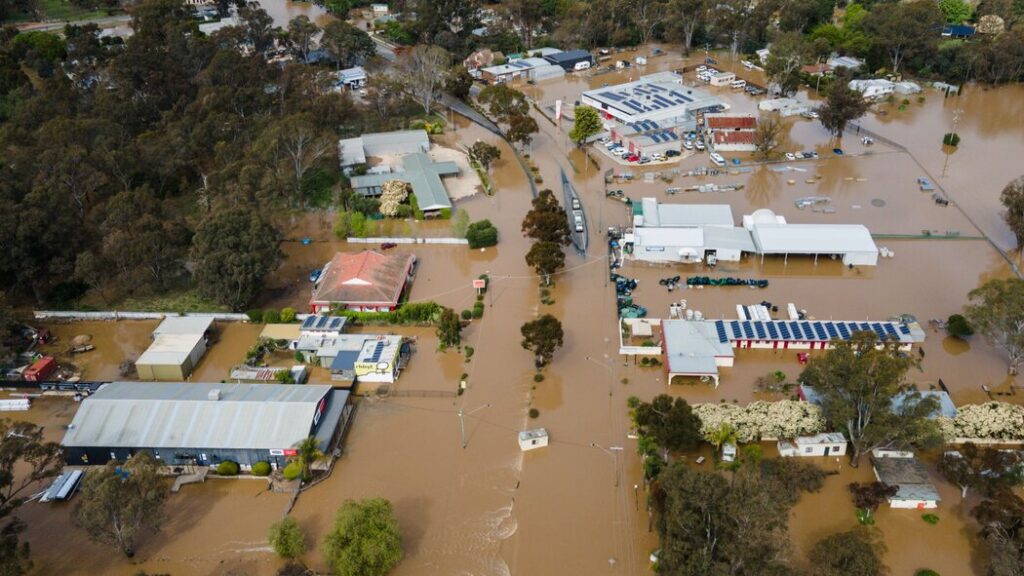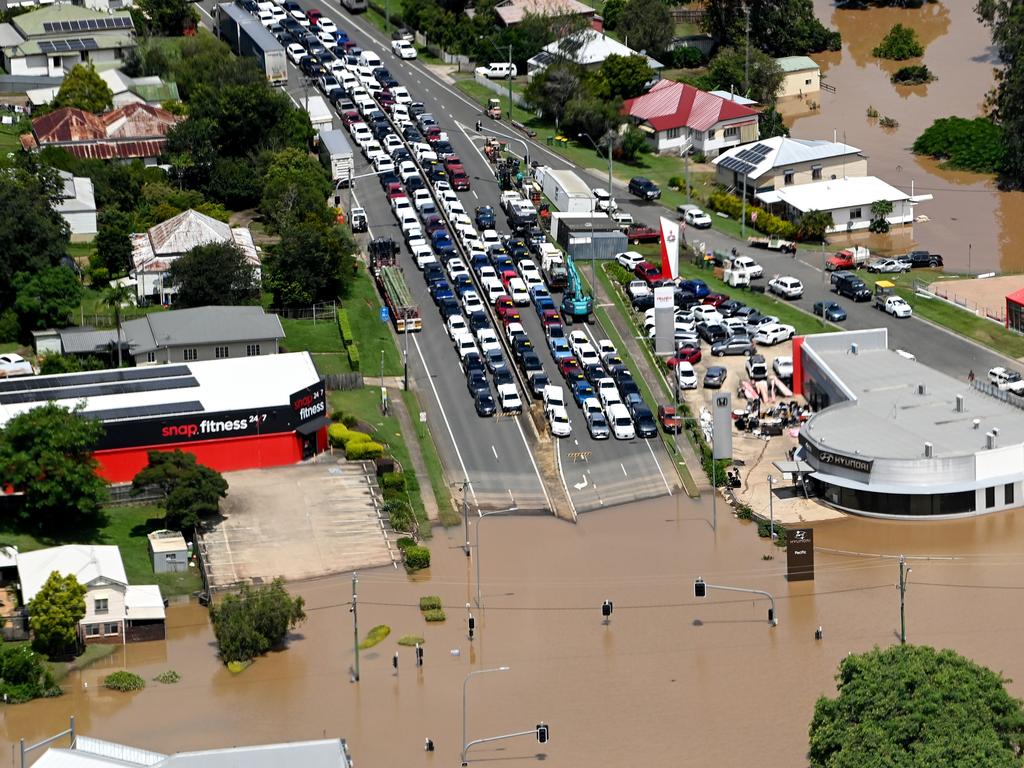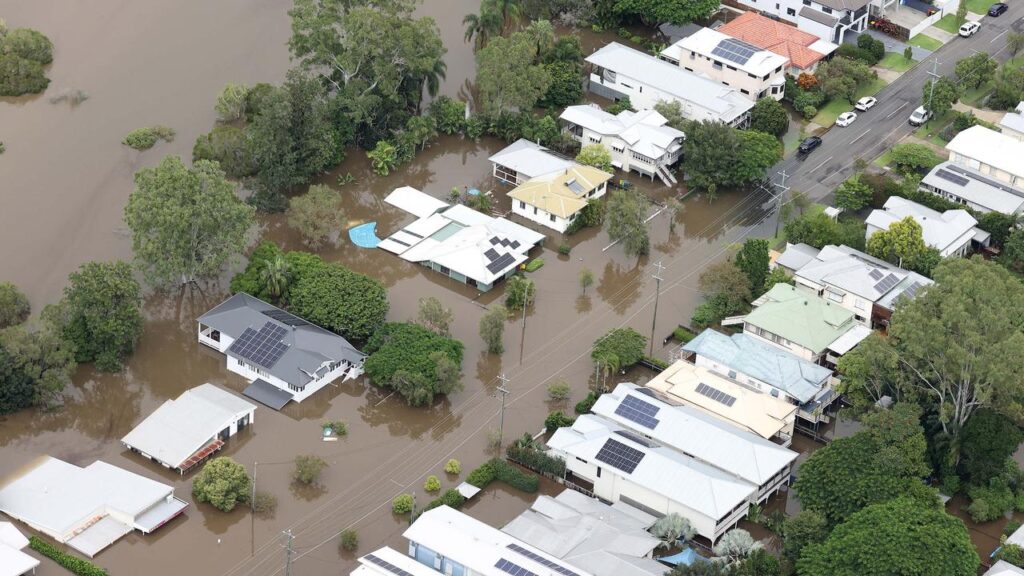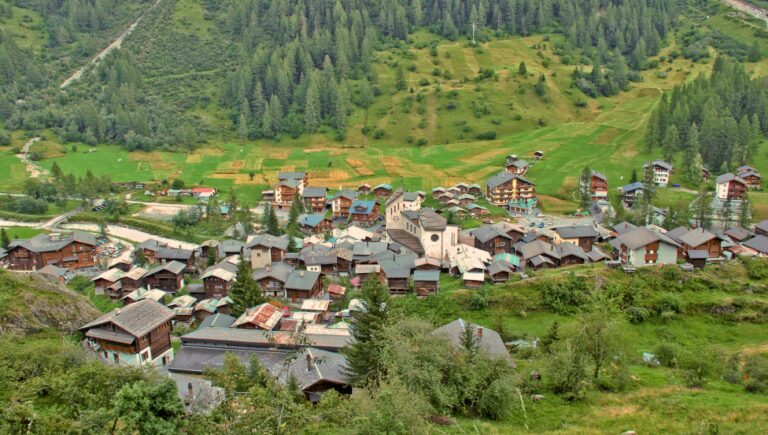
Australia is facing one of its most severe flooding disasters in recent memory. In New South Wales (NSW), relentless rain has triggered record-breaking floods, leaving three people dead and one person missing. With thousands isolated and more heavy rain on the way, emergency services are stretched to their limits. This article explains what’s happening, why these floods are so dangerous, and what’s being done to help affected communities.

Torrential Rain Triggers Widespread Disaster
In May 2025, heavy and persistent rainfall battered the southeast and mid-north coast of NSW. Within just 24 hours, some areas received more than a month’s worth of rain, causing rivers to burst their banks and floodwaters to surge through towns and rural communities. The flooding has shattered records set as far back as 1929, with communities like Taree, Kempsey, Port Macquarie, Coffs Harbour, and Bellingen among the hardest hit34.
Authorities have issued more than 140 flood alerts, with 50,000 people warned to prepare for evacuation or isolation. Over 9,500 properties have been directly impacted, and more than 48,000 people remain cut off by floodwaters14. The scale of this disaster is immense, with emergency services describing the situation as both “unprecedented” and “rapidly evolving.”
Tragic Loss of Life and Ongoing Search Efforts
The floods have already claimed three lives. On Wednesday, a 63-year-old man was found dead on the verandah of a flooded home in Moto, south of Port Macquarie. Police believe a pre-existing medical condition may have contributed to his death, but a coroner will determine the exact cause234.
A man in his 30s was found dead after his vehicle became trapped in floodwaters near Rosewood, just west of Port Macquarie. On Thursday afternoon, authorities recovered the body of a 60-year-old woman near Brooklana, west of Coffs Harbour. Tragically, the search continues for a 25-year-old man believed to have driven into floodwaters around Wauchope, and a 49-year-old man who is missing in Nymboida1234.
Premier Chris Minns expressed his condolences, warning communities to brace for more bad news in the days ahead. “The grim reality is the communities on the mid-north coast will have to brace for potentially more tragic news,” he said247.
Emergency Services Respond on All Fronts
The NSW State Emergency Service (SES) and Fire and Rescue NSW (FRNSW) have been working around the clock. Nearly 600 flood rescues have been carried out in recent days, with more than 4,600 calls for assistance received16. Specialist teams, including 500 rescue boats and nine helicopters, have been deployed between the Hunter and Coffs Harbour to reach those stranded by rising waters16.
Helicopters have plucked people from rooftops and verandahs, while ground crews have waded through dangerous conditions to evacuate the elderly, children, and families. The SES urges everyone to heed warnings and never attempt to drive, ride, or walk through floodwaters—a message that could save lives6.
Towns Cut Off and Thousands Isolated
Floodwaters have isolated tens of thousands of people, especially on the mid-north coast. Roads are submerged, bridges are washed out, and entire towns are cut off from the outside world. Many are relying on emergency supplies and the support of local volunteers as they wait for waters to recede134.
Evacuation centers have opened across the region, offering shelter and support for those forced to leave their homes. In total, 14 evacuation centers were operational as of Thursday, providing a safe haven for families in need3.
Rivers Overflow and More Rain to Come
Major flooding is occurring on several rivers, including the Manning, Paterson, Hastings, Williams, Nambucca, and Macleay Rivers1. With forecasts predicting up to 200–300mm of additional rain in some areas, authorities warn that river levels could rise even further, causing renewed flooding into the weekend134.
Some communities, like Taree, have experienced flooding for the first time in recorded history. “We’ve seen more rain and more flooding in the mid-to-north coast area than we’ve ever seen before,” said Emergency Services Minister Jihad Dib3. These extreme weather events are a stark reminder of the growing risks posed by climate change.
The Human Impact: Stories of Survival and Loss
Behind the statistics are thousands of personal stories—families who have lost everything, communities coming together to help each other, and emergency workers risking their lives. Prime Minister Anthony Albanese and Premier Chris Minns have both expressed deep sympathy for those affected, urging Australians to look out for one another during this crisis12.
Many people have shared accounts of dramatic rescues, close calls, and the heartbreak of seeing their homes and businesses destroyed. The resilience and courage of those impacted are shining through, even in the darkest moments.
How Australia Manages Floods and What Can Be Done
Australia is no stranger to floods, but the increasing frequency and severity of these events highlight the need for better flood management. Experts suggest several strategies to reduce future risks:
- Nature-Based Solutions: Reconnecting rivers to wetlands, restoring ancient river channels, and creating buffer strips along waterways can slow floodwaters and reduce damage5.
- Stronger Infrastructure: Raising homes, improving floodways, and building levees can help protect towns and cities8.
- Community Preparedness: Education, early warnings, and evacuation plans save lives and reduce chaos during emergencies6.
Researchers and government agencies are working together to develop new guidelines and incentives for flood risk management, aiming to make Australian communities more resilient in the face of climate-fueled disasters58.
What You Can Do During Floods
If you live in a flood-prone area, there are important steps to keep yourself and your family safe:
- Stay informed by following local news and emergency service updates.
- Never drive, ride, or walk through floodwater—if it’s flooded, forget it6.
- Prepare an emergency kit and evacuation plan.
- Look out for neighbors, especially the elderly and vulnerable.
For life-threatening emergencies, call Triple Zero (000). For flood information or non-life-threatening help, contact the SES on 132 500 or visit the NSW State Emergency Service website.
Looking Ahead: Recovery and Resilience
As the rain continues and floodwaters slowly recede, the focus will shift to recovery. Many will need support to rebuild homes, businesses, and lives. The government, charities, and volunteers will play a vital role in helping communities recover from this disaster.
At the same time, experts and policymakers are calling for a renewed focus on climate adaptation and disaster preparedness. By learning from this tragedy and investing in smarter flood management, Australia can reduce the impact of future floods and protect its people.
Focus Keywords: Australia floods, NSW floods, record floods Australia, flood rescue NSW, flood warnings Australia, climate change floods, emergency evacuation NSW, flood management Australia

Interlink Suggestions:
- For more on climate change and extreme weather, see [How Australia Is Adapting to Climate Disasters].
- Learn about emergency preparedness in [Top Flood Safety Tips for Australians].
External Link Suggestions:
- For real-time updates, visit the [NSW State Emergency Service website].
- Read more about climate resilience at [Australian Red Cross Emergency Resources].
Stay safe, stay informed, and support each other as Australia faces this historic flood crisis.



